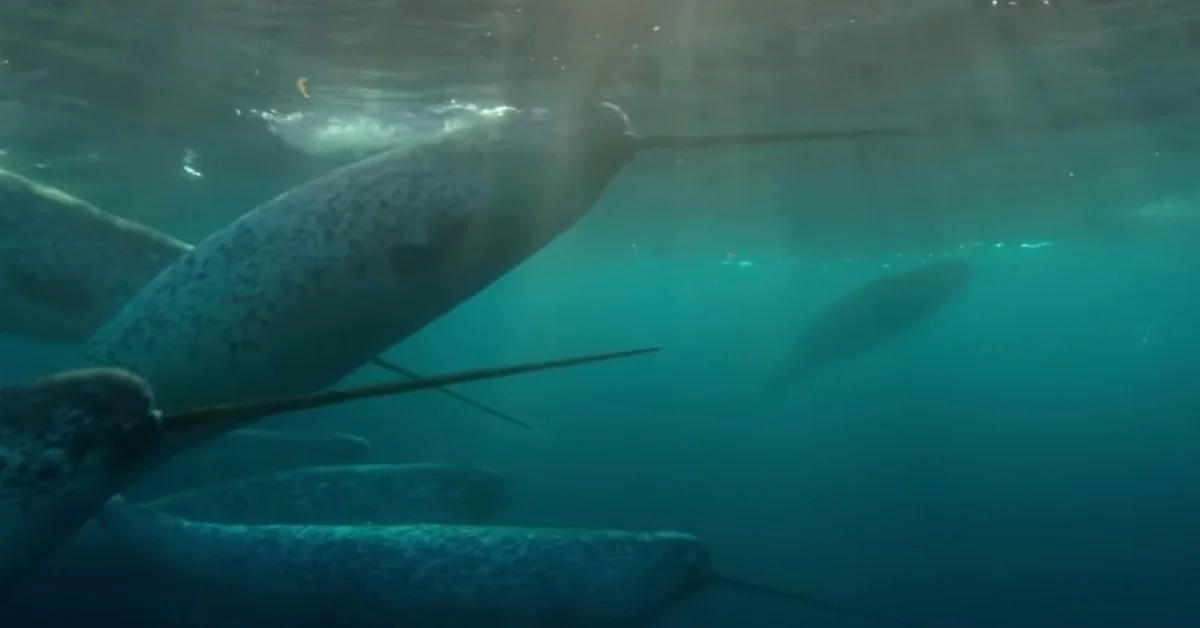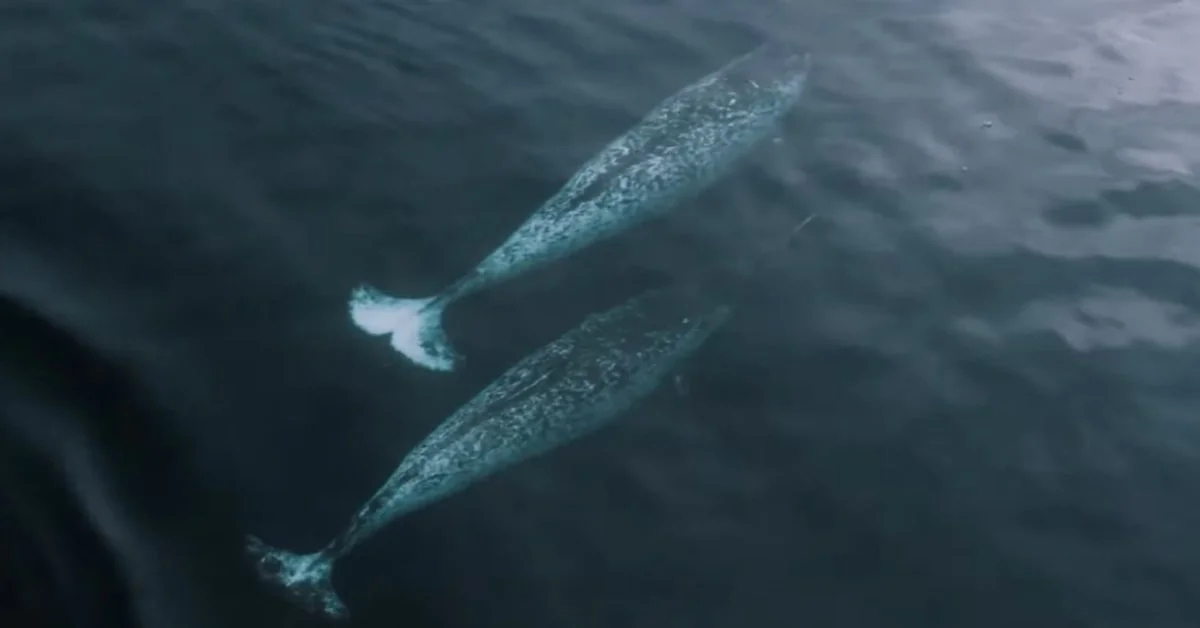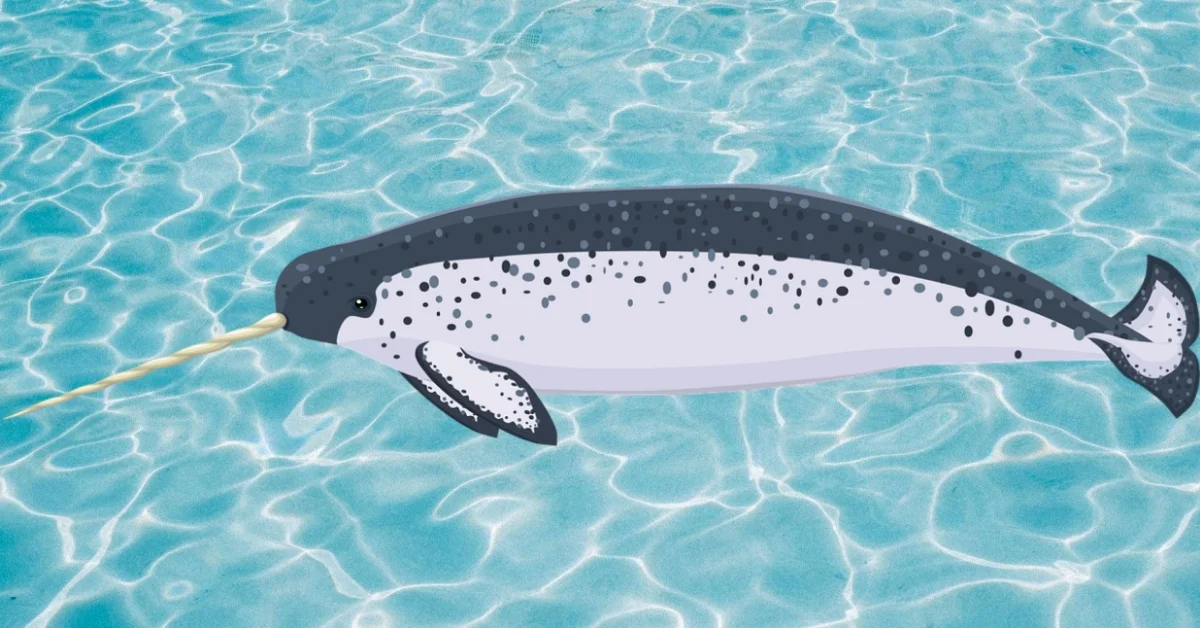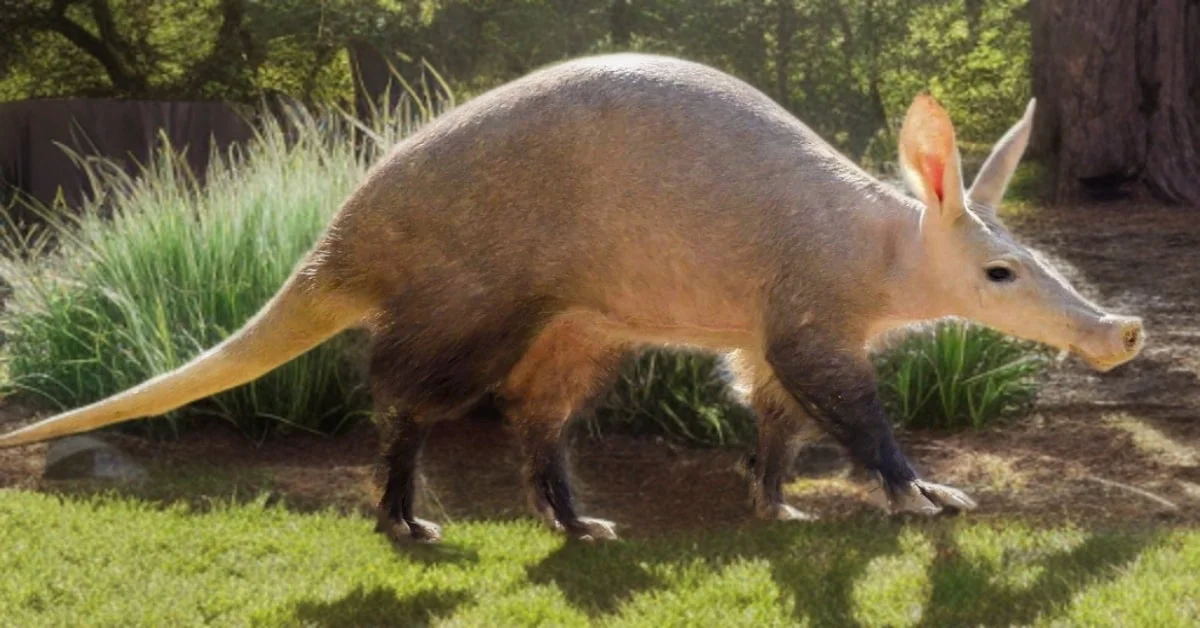Narwhal

Life Span
30–50 years
Top speed
3.5 mph
Size
10–18 ft
Weight
1,200–1,800 lbs
Narwhals, known as the “unicorns of the sea,” are Arctic marine mammals. Famous for their long, spiral tusks, they are members of the whale family and are adapted to life in cold waters. Narwhals are elusive creatures, rarely seen outside their icy habitat, and are prized for their unique appearance.
Narwhal Facts Overview
| Size: | 13–18 ft (males), 10–13 ft (females) |
| Weight: | 1,200–1,800 lbs |
| Top Speed: | 3.5 mph |
| Food: | Fish, squid |
| Color: | Grayish-white, mottled |
| Location: | Arctic (Canada, Greenland, Norway, Russia) |
| Predators: | Orcas, polar bears |
| Lifespan: | 30–50 years |
| Habitat: | Cold Arctic waters |
| Gestation: | 14–15 months |
Interesting Facts
Narwhals are known for the male’s spiral tusk, which is an elongated tooth that can grow up to 10 feet long. These whales have no dorsal fin, which is a rare feature among cetaceans. Their tusks may help with navigation, mating, or communication in the Arctic waters.
Description
Narwhals are medium-sized whales with smooth, mottled gray skin. They typically have no dorsal fin and a long, spiral tusk protruding from the males’ upper jaws. Females have smaller or no tusks. Their body is robust with a thick layer of blubber for insulation in freezing waters.
Characteristics
Narwhals have a streamlined body, which allows them to dive deeply in search of food. Their lack of a dorsal fin helps them move silently through the cold, icy waters. They also have a specialized echolocation system for navigating and hunting in dark, deep waters, often beneath sea ice.

Care
Narwhals don’t require direct care but are threatened by climate change and human activity. Conservation efforts focus on protecting their Arctic habitat from oil exploration, shipping, and hunting. Monitoring their populations is crucial to ensure their survival as ice melts and human presence increases in the Arctic region.
Lifespan
Narwhals live between 30 and 50 years on average, with some reaching up to 60 years. They mature slowly, and females usually give birth to a single calf every three years. Their life expectancy can be affected by environmental factors and predator threats, particularly in the wild.
Predators
The main predators of narwhals are orcas, which may target them for their blubber and meat. Polar bears may also pose a threat to young calves when they venture near the ice. Historically, humans hunted narwhals for their tusks, but this practice has decreased in modern times.
Habitat
Narwhals are found in cold Arctic waters, often inhabiting regions with sea ice. They prefer shallow, coastal waters during summer but migrate to deeper offshore waters during winter. Narwhals can dive to great depths, sometimes over 1,500 meters, to find food and avoid predators beneath the ice-covered waters.
Distribution
Narwhals are distributed throughout the Arctic, particularly in the waters of Canada, Greenland, Norway, and Russia. Their range is primarily along the northern coasts of these countries. They are typically found in the high Arctic, spending most of their time near ice floes and deep-sea regions during migration.

Diet
Narwhals are carnivores, feeding primarily on fish such as halibut, cod, and flatfish. They also consume squid and other deep-sea organisms. Using their excellent diving abilities, narwhals hunt at depths of up to 1,500 meters, often navigating the darkness of the Arctic waters to find prey.
Behavior
Narwhals are social creatures, often found in groups called pods. These pods usually consist of 15-20 individuals, but during migrations, they can form larger aggregations. Narwhals communicate through clicks, whistles, and other vocalizations, and their tusks are thought to be used in social interactions and mating displays.
Reproduction
Narwhals typically give birth once every three years. The gestation period lasts about 14 to 15 months, and calves are born in late summer or early autumn. Newborns are dark-colored and dependent on their mothers for survival, nursing for several months before becoming more independent as they grow.
Narwhal Scientific Classification
| Kingdom: | Animalia |
| Phylum: | Chordata |
| Class: | Mammalia |
| Order: | Cetacea |
| Family: | Monodontidae |
| Genus: | Monodon |
| Scientific Name: | Monodon monoceros |
Animals for You
References
1. Narwhal Wikipedia Article – https://en.wikipedia.org/wiki/Narwhal





